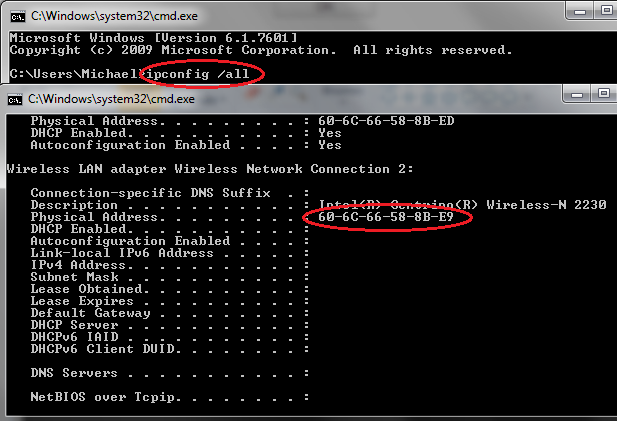

Turns exhaustive Debugging mode on or off. The class specifies the protocol group of the information. Prints the current values of the configuration settings.Ĭhanges the query class. Syntax nslookup Ĭonnects with the finger server on the current computer.Ĭhanges the default server to the specified DNS domain.Ĭhanges the default server to the server for the root of the DNS domain name space.Ĭhanges configuration settings that affect how lookups function. An unrecognized command is interpreted as a computer name. Treat a built-in command as a computer name, by preceding it with the escape character ( \).

Interrupt interactive commands at any time, by pressing CTRL+B. While using the interactive mode, you can: If you omit both parameters, the tool uses the default DNS name server. Type a hyphen (-) for the first parameter and the name or IP address of a DNS name server for the second parameter. If you need to look up more than one piece of data, you can use interactive mode. If you omit the second argument, nslookup uses the default DNS name server. For the second parameter, type the name or IP address of a DNS name server. For the first parameter, type the name or IP address of the computer that you want to look up. If you need to look up only a single piece of data, we recommend using the non-interactive mode. The nslookup command-line tool has two modes: interactive and noninteractive. The nslookup command-line tool is available only if you have installed the TCP/IP protocol. Before using this tool, you should be familiar with how DNS works.
#MAC ADDRESS LOOKUP COMMAND PROMPT WINDOWS#
Applies to: Windows Server 2022, Windows Server 2019, Windows Server 2016, Windows Server 2012 R2, Windows Server 2012ĭisplays information that you can use to diagnose Domain Name System (DNS) infrastructure.


 0 kommentar(er)
0 kommentar(er)
